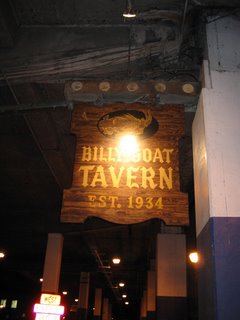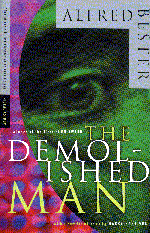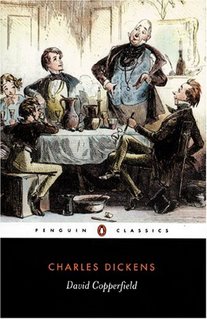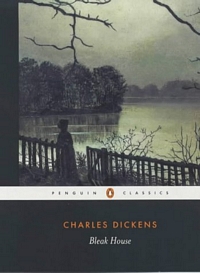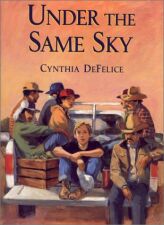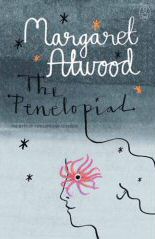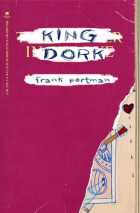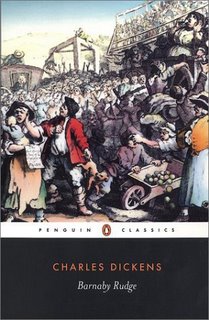
The Literature of Hell
This summer, I'm teaching an eight-week seminar at the Newberry Library called "A Gathering of Shades: Exploring the Literature of Hell," a class I developed and taught there a few years ago based essentially on many of the literary works we read in A.P. English. In this seminar, we read exerpts from the Epic of Gilgamesh, the Book of Job, Homer's Odyssey (Book 11), Virgil's Aeneid (Book 6), and Books I and II of John Milton's Paradise Lost. In terms of complete texts, in the seminar we read Aristophanes's The Frogs, Dante's Inferno, Mary Wollstonecraft Shelley's Frankenstein, Samuel Taylor Coleridge's "The Rime of the Ancient Mariner," Jean-Paul Sartre's No Exit, Albert Camus's "The Myth of Sisyphus," and Samuel Beckett's Waiting For Godot. It's hell ... but it's fun stuff!
Over these next two and a half months, however, I have several books that I've collected over the years as desk references for a course such as this, and as I teach each weekly session these are the books I have open on my desk and find myself re-reading in snatches:
Alice K. Turner, The History of Hell -- This is an easy-to-read and entertaining survey of all things Hell-related throughout literature, and includes some fabulous photos and artwork to enhance the reader's understanding of how Hell is reflected in the arts (later chapters draw upon how film and music are influenced by literary visions of Hell).
Edward J. Ingebretsen, Maps of Heaven, Maps of Hell: Religious Terror as Memory from the Puritans to Stephen King -- Given the literary works I teach in the seminar, Ingebretsen's text is not really useful. But his discussions of early American "terror" and how it influenced the writings of Emerson, Hawthorne, Frost, H.P. Lovecraft, and Stephen King serve more as reference than anything. I think this book is currently out-of-print. I scored a copy at Powell's Books in Portland, Oregon!
I.P. Couliano, Out of This World: Otherworldly Journeys from Gilgamesh to Albert Einstein -- Another well-written survey text, it helps the reader understand aspects of the afterlife as they pertain to Buddhism, Judaism, and Shamanism. Very accessible!
Alan E. Bernstein, The Formation of Hell: Death and Retribution in the Ancient and Early Christian Worlds -- Probably the most comprehensive and scholarly of the texts here, its focus is limited to the eras mentioned in the title, but the depth of analysis is staggering! This was another gem I found at Powell's Books in Portland. I seem to remember its being hard to find elsewhere.
Ronnie H. Terpening, Charon and the Crossing: Ancient, Medieval, and Renaissance Transformations of a Myth -- This one was perhaps the most difficult to obtain. Its been in and out of print in the last few years, and appears to be the sort of text that is printed in limited editions solely for university library collections. The focus is on the ancient boatman who traverses a river to bring souls to the underworld - a myth that can be traced through numerous religions and takes on various forms. It's a fascinating study and definitely a book worth getting for the serious Hell scholar in your family.
Mary Roach, Spook: Science Tackles the Afterlife -- Roach is a wonderfully amusing writer whose examination of the uses for corpses in Stiff I mentioned some time ago on this blog. In Spook, she tackles various scientific methods that have been used throughout history in an attempt to "prove" the existence of the human soul and an afterlife ... and while I found this book somewhat less interesting than Stiff, her tongue-in-cheek humor keeps the whole thing moving nicely!
So if the study of Hell is your thing, you can do one of two things: spend a day at your local DMV or, better yet, check out these books!
And if you like Hell-related music, click here. Enjoy!













